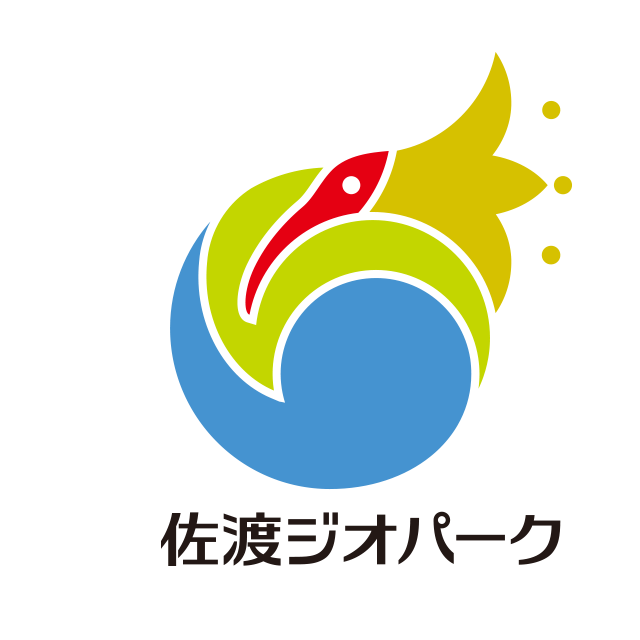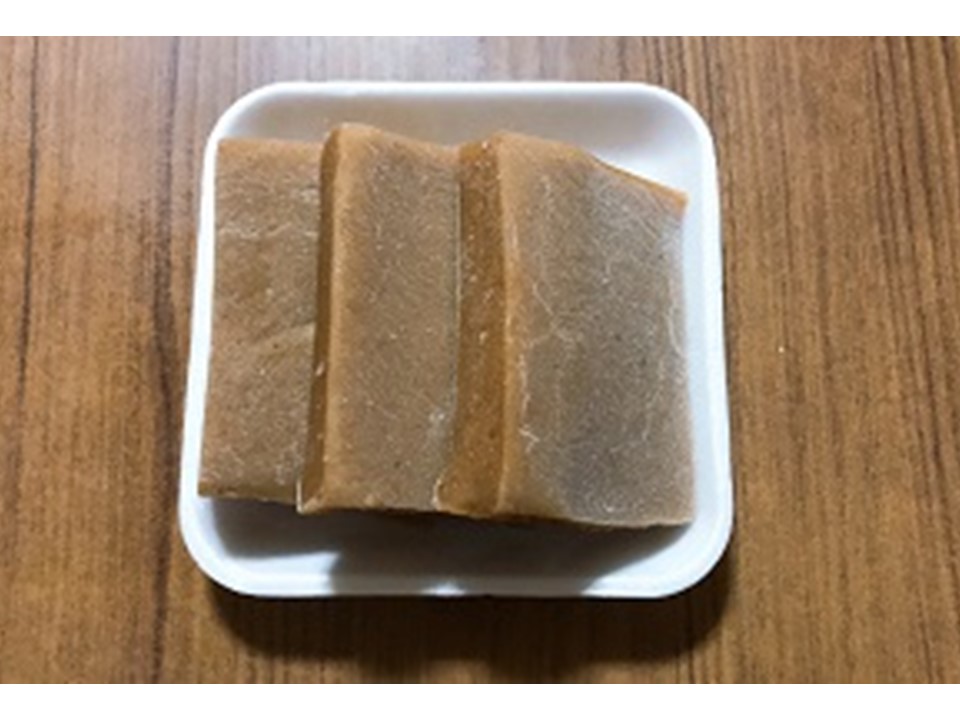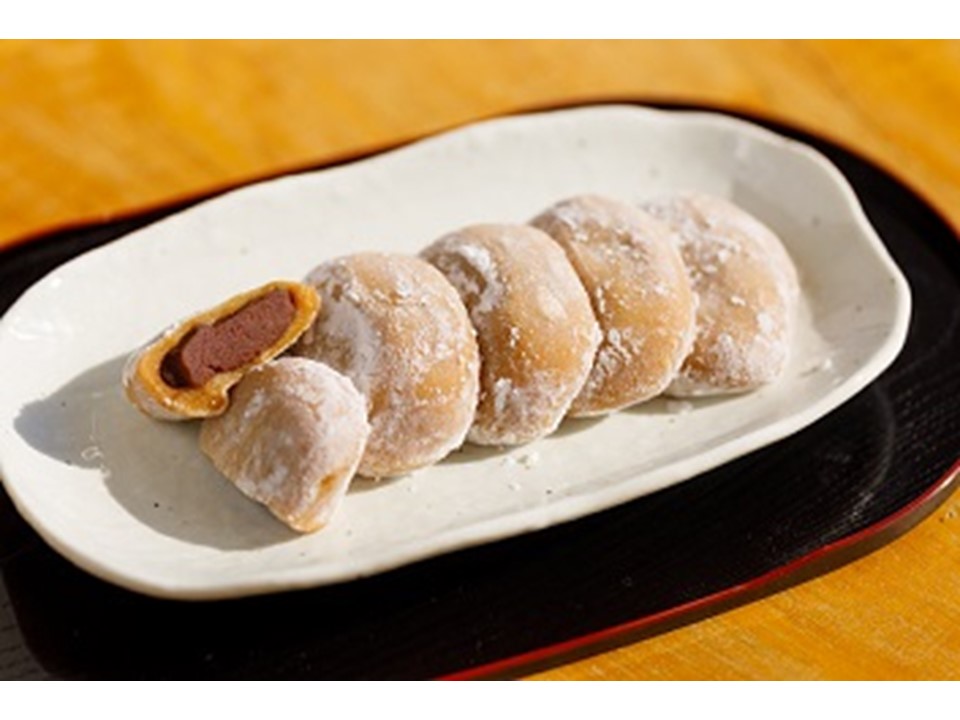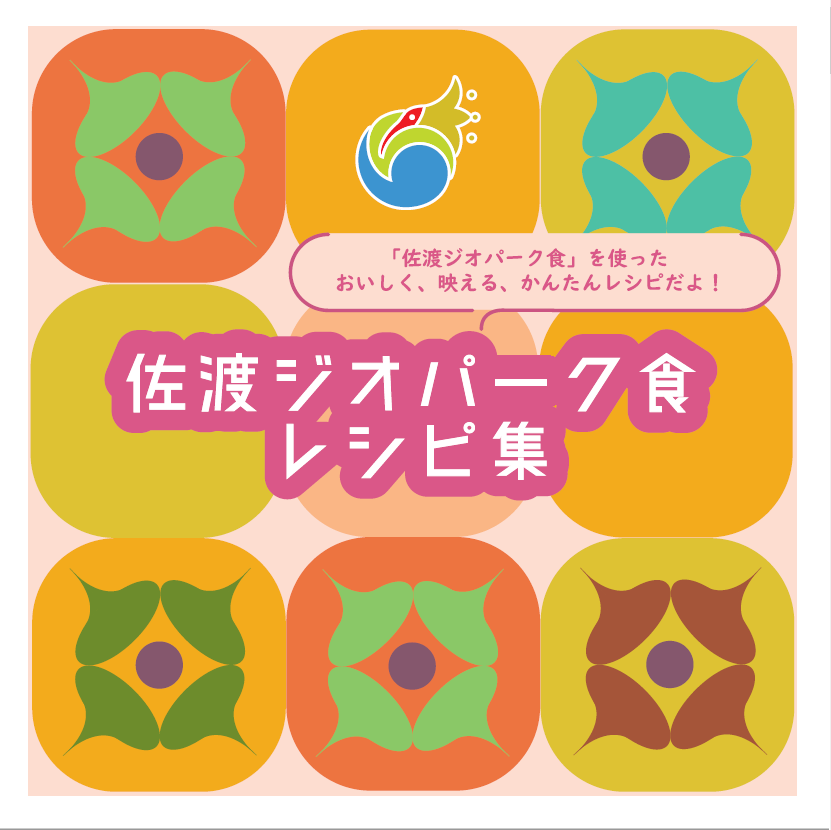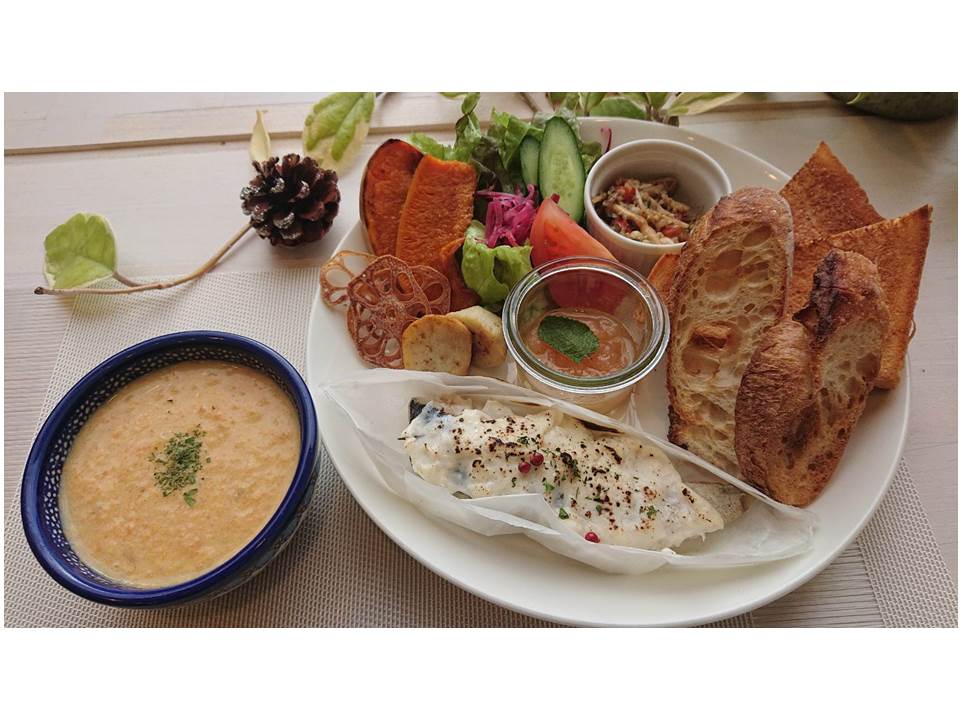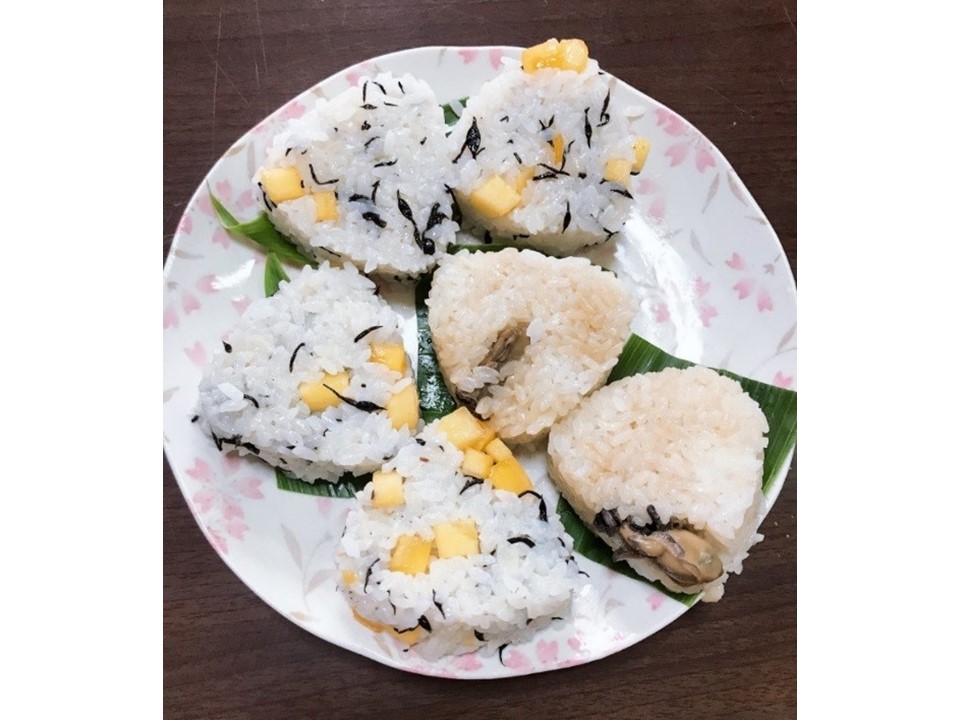Sado Island Geopark Foods
Here, you will find local specialties with a connection to the history of Sado Island, its natural environment, and its inhabitants' lives. Of course, we will talk about the history of Sado Island Geopark.
We invite you to enjoy these Sado Island Geopark foods.
Japanese Horse Chestnut Rice Cake (Tochimochi)
The Origins of Japanese Horse Chestnut Rice Cake
The seeds of the Japanese horse chestnut have been eaten since the Jomon period. Since ancient times, they have been soaked to remove bitterness before eating and valued as a preserved food due to their nutrient density. The Japanese horse chestnut grows best in moderate humidity in shaded areas of mountain valleys where the soil is fertile. Many of the Jomon sites on Sado Island are located on low mountains and terraces. In the woods on the high terraces overlooking Lake Kamo and the former Kuninaka Lake (what is now Kuninaka Plain), trees such as Japanese horse chestnut, chestnut, and walnut grew. We can imagine that these trees supported the lives of the Jomon people.
Characteristics
The seeds of the Japanese horse chestnut are steamed with glutinous rice, and then pounded into rice cakes. Japanese horse chestnuts are harvested from October to November. Tochimochi (Japanese horse chestnut rice cake) has a unique flavor and bitterness, and is characterized by its simple, natural flavor. Horse chestnut daifuku (mochi stuffed with sweet filling) is a popular choice on Sado Island.
